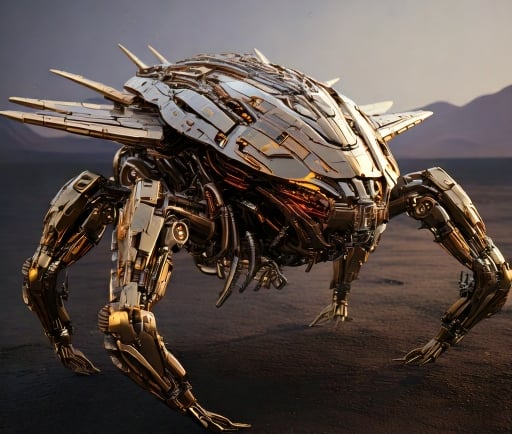The SPIDAR: The Aerial-Terrestrial Quadruped Robot


Introduction to the Spidar
The Spidar is an innovative aerial-terrestrial quadruped robot designed to navigate complex environments with both agility and precision. As technology continues to evolve, robotics has become a crucial area of research, with applications spanning from exploration to rescue missions. The Spidar stands out as a significant advancement, merging the capabilities of land and air navigation, making it a versatile tool in robotic technology.
Design and Features of the Spidar
The Spidar's design incorporates a robust quadruped structure, allowing it to traverse uneven terrain while maintaining balance and mobility. Equipped with state-of-the-art sensors and actuators, the robot can adapt to varying obstacles, enhancing its functionality in real-time scenarios. The integration of aerial capabilities enables the Spidar to ascend to heights that are inaccessible to traditional ground-based robots.
Applications of the Spidar
The potential applications of the Spidar are diverse. In disaster response, its ability to navigate both land and air allows for effective search and rescue operations. For instance, it can identify survivors in challenging environments such as collapsed buildings or densely forested areas. Additionally, its design makes it an ideal candidate for environmental monitoring, where it can gather data from both the surface and above to provide comprehensive insights into ecological changes.
Furthermore, the Spidar is poised to enhance various industrial applications where rugged terrain is prevalent. From mining operations to construction sites, the aerial-terrestrial capabilities make it a valuable asset for surveying hard-to-reach locations.
Conclusion: The Future of Aerial-Terrestrial Robotics
In conclusion, the Spidar exemplifies the fusion of innovative engineering and robotics, paving the way for future advancements in the field. As researchers and engineers continue to refine its technology, the possible uses and deployments of the Spidar will expand, ultimately contributing to safer outcomes in both human and environmental contexts. Its unique ability to traverse both terrestrial and aerial domains sets a precedent for future designs, ushering in a new era of integrated robotic solutions. The horizon for aerial-terrestrial robotics is vast, and the Spidar is leading the charge into this promising future.
